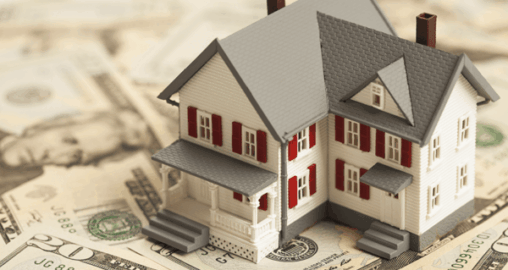Market Update: Coronavirus Impact on Real Estate

March 19, 2020 | Marcus & Millichap
Stock Market Volatility Index Reaches Record High Turbulence Reinforces Long-Term Strength of Real Estate
Stock market correction spurs portfolio recalibration. As the new coronavirus (COVID-19) broke free from China, the prospects of increased economic risks drove Wall Street into a flight to safety. Over the course of the following three weeks, the S&P 500 index fell 30 percent and pushed the 10-year Treasury to a record low, briefly touching 0.42 percent on March 9. Since bouncing from that intraday low, the Treasury rate has been on an upward trajectory. Market turbulence remains elevated, with the volatility index reaching its highest level on record. This has reiterated the comparative stability of real estate investments, while the record-low interest rates have sparked an increased appetite for acquisitions and a wave of refinance activity.
Federal Reserve takes decisive action to sustain market liquidity. To invigorate the economy during this period of uncertainty and proactively ensure capital markets do not lock up domestically or internationally, the Fed has taken swift action. On March 3, the Federal Reserve made an emergency 50-basis-point reduction to the overnight rate and later committed to more than $1 trillion of Treasury purchases and repurchase agreements. Following President Trump’s declaration of a national emergency on March 13, the Fed followed with an additional 100-basis-point cut and a commitment to $700 billion of quantitative easing. This takes the Fed funds rate back the 0-0.25 percent range, where it was through much of the Great Recession, keeping the interest rate climate low to fuel spending to support economic growth. While the Fed’s action has been so swift that it caught Wall Street by surprise, creating short-term volatility, it has also demonstrated the commitment to getting ahead of the biggest financial market risks.











